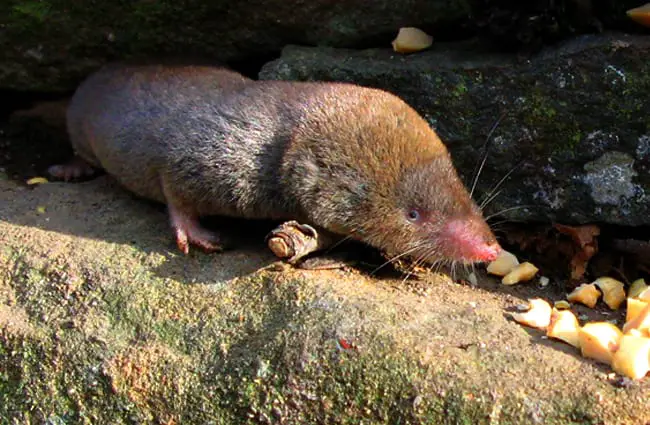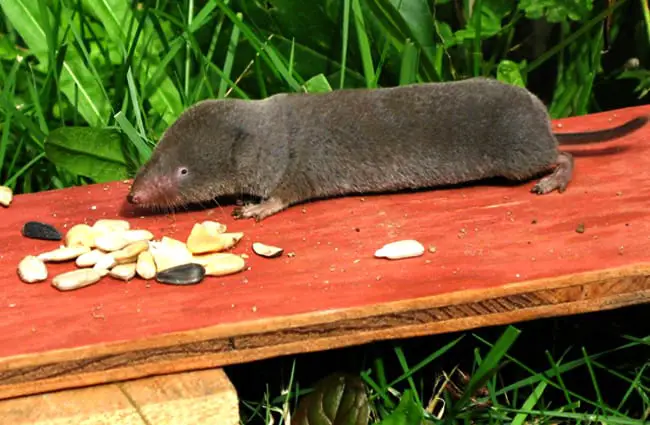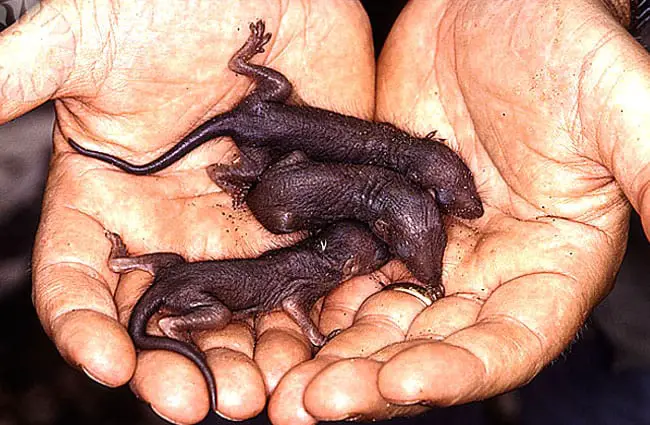Few creatures embody the spirit of tireless energy quite like the shrew. Often overlooked because of their diminutive size, these small mammals play a surprisingly significant role in ecosystems around the globe. This guide explores the fascinating world of shrews, covering their biology, behavior, ecological importance, and their place in human culture.
What is a Shrew?
Shrews are not mice, although they are frequently mistaken for them. They belong to the order Eulipotyphla (formerly known as Soricomorpha), a group of mammals that share a small body, pointed snout, and extremely high metabolic rates. Over 300 species are found in North America, Europe, Asia, and Africa, occupying a wide range of habitats. Their bodies typically range from 3 to 5 inches in length, including the tail.

Physical Characteristics
Shrews are defined by their long snout, tiny eyes, and soft fur. Their brains are relatively large for their body size, giving them sharp sensory abilities. Many species have a distinctive reddish enamel coating on the tips of their teeth, a result of iron deposits. This “red‑teeth” adaptation aids in breaking down the chitin of insects and other invertebrates.
Habitat and Distribution
Shrews are adaptable and can be found in forests, grasslands, meadows, and even urban areas. They favor areas with dense vegetation, which offers protection from predators and a plentiful supply of insects. Different species have distinct preferences: the water shrew thrives in aquatic environments, while the desert shrew is adapted to arid conditions. They build nests underground, often in leaf litter or under logs, using grasses, leaves, and moss.
The Shrew’s Diet: A Voracious Appetite
Shrews primarily feed on insects, larvae, worms, and other invertebrates. Some species also eat snails, slugs, small vertebrates, and even seeds. Because of their high metabolic rate, they must eat almost constantly, with some species consuming up to 80% of their body weight in food each day. This constant feeding makes them essential in controlling insect populations. They locate prey using keen hearing, smell, and tactile sensation, and some species even use acoustic sensing similar to echolocation to detect prey in dark settings.
Evolutionary History
Shrews first appeared in the Paleocene, more than 66 million years ago. They are among the earliest placental mammals, and their ancestors resemble the modern shrew in many ways. Over millions of years, they diversified into the many species seen today, adapting to a wide array of ecological niches. Their relatively conservative morphology reflects a strategy of refinement rather than dramatic change, with features such as “red teeth” and specialized skull structures as evidence of this adaptation.
Reproduction and Life Cycle
Reproduction varies by species. Many breed multiple times each year, producing litters of 3 to 10 pups. Gestation lasts only 18 to 28 days. Young shrews are born blind and helpless, relying entirely on their mother. They are weaned after a few weeks and reach sexual maturity within a few months. Lifespans are short, typically 1 to 2 years in the wild, a consequence of their high metabolism and predation risk.

Ecological Role and Interactions
Shrews regulate insect populations, benefiting agriculture and natural habitats. They also serve as prey for owls, hawks, foxes, snakes, and weasels. Their burrowing aerates soil and helps disperse seeds. Some species, such as the short‑tailed shrew, display aggressive behavior and fiercely defend their territory against rivals and larger animals. They also cache food, further aiding seed dispersal.
Shrew Behavior: More Than Meets the Eye
Many species are territorial, defending their foraging areas. They communicate with chirps, squeaks, and hisses, and use scent marking to establish boundaries. Shrews are mostly solitary, except during breeding season. Their high metabolism forces constant foraging, giving them a restless, energetic demeanor.
Shrews and Humans
Historically, shrews held cultural significance in various societies, sometimes linked to magic or considered symbols of good luck. Today, they interest scientists and nature lovers. They can occasionally be a nuisance to gardeners due to burrowing, but they also serve as bioindicators, revealing the health of ecosystems and environmental changes.

Finding Shrews in the Wild
To spot a shrew, search areas with dense vegetation—forests, meadows, or stream banks. Look for small tunnels or runways in leaf litter. Early morning and late evening are the best times to observe them, as they are most active then. Approach quietly and keep a distance to avoid disturbance.
Caring for Shrews in Captivity
Keeping shrews in captivity is challenging because of their specific dietary and behavioral needs. They require spacious enclosures with enrichment such as digging material, tunnels, and hiding places. Their diet must include various insects and invertebrates, supplemented with commercial insectivore feeds. Maintaining a clean, hygienic environment is essential, as shrews are prone to disease. A stimulating, naturalistic setting promotes their well‑being.
Fun Facts About Shrews
- Some shrew species produce toxins in their saliva, helping them subdue prey.
- The Etruscan shrew is one of the smallest mammals on Earth, weighing only a few grams.
- Shrews have a very poor sense of sight but excellent hearing and smell.
- They can enter a state of torpor, similar to hibernation, to conserve energy.
- Their heart can beat over 1,200 times per minute!

Conclusion
Shrews may be small, but they are remarkable. Their unique biology, fascinating behaviors, and ecological importance make them worthy of attention and respect. By learning more about these often-overlooked mammals, we deepen our appreciation for the incredible diversity of life on Earth.


![Red Angus Closeup of a beautiful Red Angus cowPhoto by: U.S. Department of Agriculture [pubic domain]https://creativecommons.org/licenses/by/2.0/](https://animals.net/wp-content/uploads/2020/03/Red-Angus-4-238x178.jpg)




![Red Angus Closeup of a beautiful Red Angus cowPhoto by: U.S. Department of Agriculture [pubic domain]https://creativecommons.org/licenses/by/2.0/](https://animals.net/wp-content/uploads/2020/03/Red-Angus-4-100x75.jpg)

